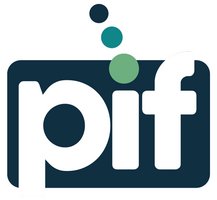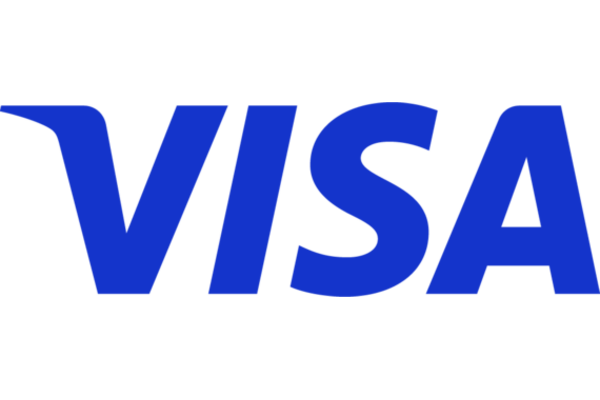Source: Paysafe
A very real cost-of-living concern
There’s no disputing that times are tough. With the price of everything from gas and electricity to baked beans and toothpaste going up, consumers are feeling the pinch.
The consumer price index (CPI) inflation rate stood at 10.5% in December 2022, just slightly down from the record high of 10.7% in November. Combined with other factors such as rising interest rates – which at 3.5% (a 14-year high) are affecting all types of credit including loans, credit cards, and mortgages – households are now poorer in real terms.
And forecasters aren’t predicting a turnaround any time soon. This means – financially – it’s crunch time for many.
Consumers are turning to cash to cope
In an effort to spend less, consumers are looking to a trusted method of budgeting: cash.
A wave of recent research suggests that cash is proving critical as consumers try to get a grip on their finances in the face of increasing economic pressures.
A report from Money.co.uk, for example, suggests that 42% of consumers in the UK use cash to help them keep track of their spending. And nearly two-fifths (37%) of respondents in a NoteMachine survey said that they were more likely to use cash as the cost-of-living crisis gets worse.
It’s not difficult to understand why.
Consumers turn to cash in times of crisis because they feel it gives them more control over their spending. Even people who have ample access to credit don’t necessarily like using it as a payment method, knowing that it’s an easy way to lose control of spending and land in debt. It’s all too simple to tap to pay for purchases without keeping adequate tabs on what you’re spending.
Indeed, 65% of people in Money.co.uk’s survey said that they spend more when they use their card or contactless payment device rather than cash. These results go hand in hand with the UK post office investigating the record 20% increase in cash depositsbetween 2021 and 2022,which found that the majority of consumers said this was to help them stick to their budgets. Similarly, 39.2% of respondents to a UK survey on ATM use said they're using cash to better manage their spending.
Paysafe’s 2022 Lost in Transaction: Consumer payments trends research supports the wider research on the subject. 26% of consumers in our survey who said they’d changed their payment habits because of the rising cost of living are now using eCash more often.
And, looking beyond the role of cash in our current cost-of-living crisis, there’s a more general imperative to maintain, and also increase, access to cash.
Digitising cash, driving inclusivity
Consumer group Which? recently highlighted the need to uphold the choice of the consumer in using cash, citing the closure of banks and increasingly cashless nature of businesses, which, if left unchecked, risk excluding many.
The UK government,in a report about the importance of protecting access to cash, estimates that around 5.4 million adults in the country rely on cash to a very great or great extent in their daily lives. It is therefore planning legislation empowering the Financial Conduct Authority to make rules ensuring continued access to cash. These include rules around what constitutes a reasonable distance for people to travel in order to deposit and withdraw cash.
Similarly, in the EU, the European Central Bank has committed to ensuring people can continue accessing cash, while the European Commission has issued a recommendationstating EU merchants and entities who provide essential services must accept cash unless they have a valid reason not to. And in the US, several local, regional, and state authorities have made it illegal for merchants to refuse cash payments. And the Payment Choice Act — a bipartisan bill that would make it illegal to refuse cash payments anywhere in the US — is currently in front of Congress.
As the need to maintain access to cash is acknowledged across the board as critical to a fair and resilient society, these initiatives are undoubtedly a step in the right direction. That said, there's no stopping digitalization. So, for cash to continue being truly accessible for everyone moving forward, paying with it online should be as easy as it is offline. And that's where merchants come in. They have a vital role to play as well to ensure the digital retail landscape reflects this by offering a way to pay online with cash. Both for consumers who exclusively use cash because they don’t have access to credit or a bank account. As well as the increasing number who want the option of spending cash online – whether that’s for security reasons, just because they prefer to, or because, as we’ve seen, it helps them keep track of their spending.
47% of respondents in our Lost in Transaction consumer survey said they’d prefer to pay for online purchases in cash if it were easy, and 44% would buy online more often if they could pay in cash.
Simply put, people want to use cash, but the option isn’t always available to them.
With the appetite for cash steadily rising, online retailers that integrate eCash at their checkout can provide a more inclusive service, expand their customer base, and better meet the requirements of a growing proportion of consumers.
Merchants are gradually recognizing both the need and the opportunity around cash, as Paysafe’s survey of small and medium-sized businesses (SMBs) in 2022 shows. 42% of online SMBs were offering eCash options at their online checkout in 2022, which is up from 29% in 2021.
Overall, it’s clear that by diversifying their payments proposition and providing more attractive and convenient ways to pay, merchants can open up access to their products and services to a much wider audience.
Seizing the eCash opportunity
The bottom line is that merchants need to adapt at speed to ensure their checkouts offer the payments options that today’s consumers want. Otherwise they risk missing out on potential new customers or even losing existing ones.
Making cash part of the digital payments landscape is vital not only in helping people budget more effectively and control their finances as the price of goods spiral. It also provides a trusted way to pay for those who are concerned about fraud and don’t want to share their financial details online. It’s a solution that supports people’s right to choose the payment method that suits them. And it gives everyone equal access to services regardless of their banking or credit status, ensuring they can still be part of the online economy.
Ultimately, it’s an issue of importance to all consumers – and society as a whole – that payment needs and preferences are supported now and into the future.
Merchants have both a big role to play, and a massive opportunity to seize, in giving choice and control back to consumers.
This article was originally published in International Banker.







